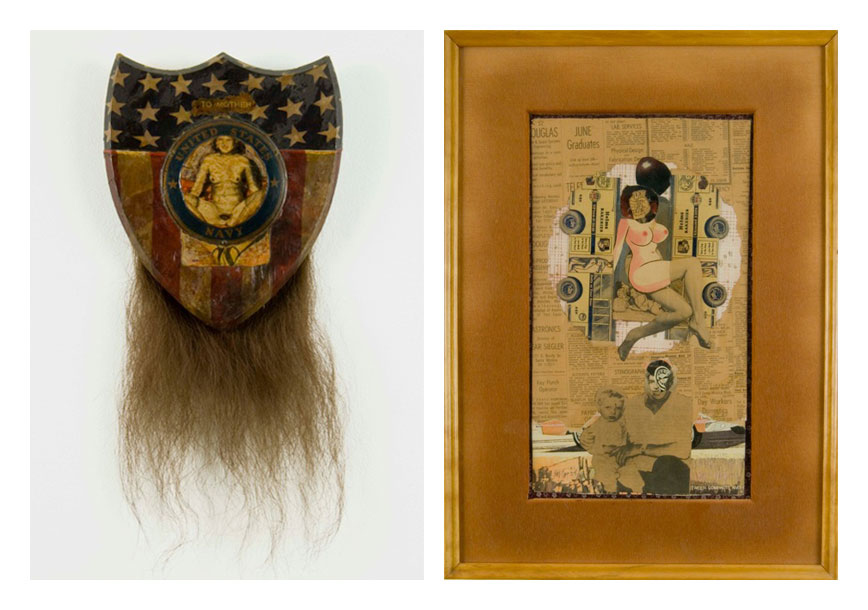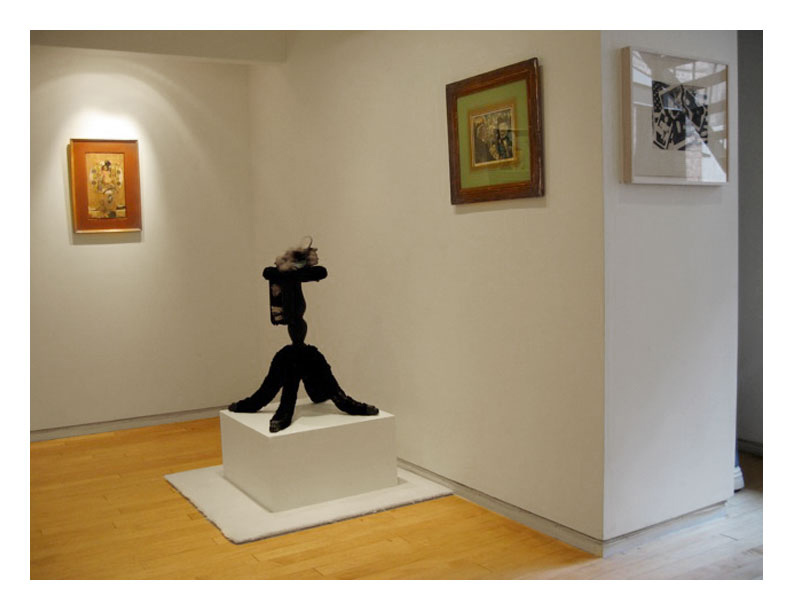Ben Talbert
You Can Have It If You Pay
February 22 - March 24, 2007
Ben Talbert hit the sweet spot. He came on the L.A. art scene at a pivotal moment in West Coast art, just as Abstract Expressionism was giving way to Pop. The thrust of his career nestles between his friend Wallace Berman’s famous (but little-seen) exhibition at Ferus Gallery in 1957 and Edward Kienholz’s equally pornographic, wildly more popular 1966 retrospective at the Los Angeles County Museum of Art. On par with these masters of the medium, Talbert’s “first generation” assemblages constitute only a small but important segment of his brief career. Often overlooked but no less impressive are his paintings and collages, early and late, which represent a unique direction in the history of America’s burgeoning Pop Art movement. Talbert’s landmark assemblage The Ace (1962-1963) “represents a transition between junk sculpture’s estheticizing of urban debris and pop art’s exploitation of kitschy, comic book imagery, while at the same time it is connected with the polemical attacks of neo-dada.” An associate of artists from the Ferus Gallery stable, Talbert himself exhibited in a number of shows at Dwan Gallery and the Pasadena Art Museum — all three vital galleries in the dissemination of Pop in southern California (the first gave Warhol his first one-man show in 1962; in that same year, PAM organized the first exhibition of Pop in an American museum).
Talbert’s appropriation of pornographic imagery in his collages and paintings anticipates (and exceeds) the softer work of artists like Mel Ramos; while his punch-line collages, such as [“…This is fun!”] or “…dis mess…”, come abreast of similar works by Joe Brainard or Jess Collins’s Tricky Cad. Historian Peter Plagens described L.A.’s Pop tradition as “something more than art — it’s a lifestyle, showbiz, and, strangely, a kind of integrity — and something more than Pop — a complex social statement, not just the conundrum of it’s-so-bad-it’s-good.” In that spirit, Talbert never fully jettisoned the personal expressiveness of the Beats for a pure Pop surface, always somehow hopeful that his art could help effect a societal shift toward a more open sexuality.




